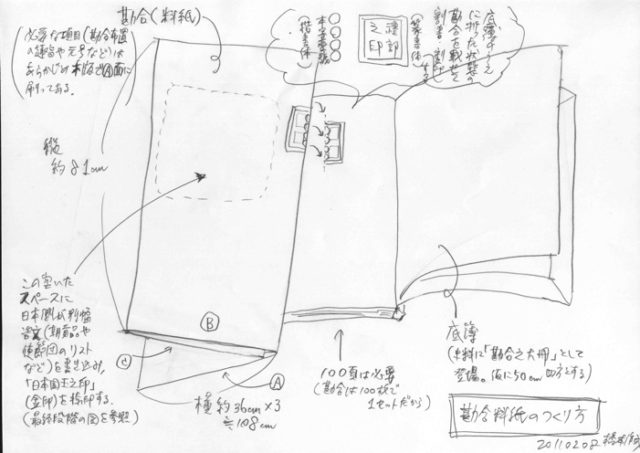Profile
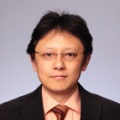
- Research Subject
My research particularly focuses on the International relations between Medieval Japan and East Asia.
More concretely, (1) the Muromachi Shogunate’s diplomatic/trading system, (2) the protocols in each country of East Asia, and (3) various opportunities of movement of people, items, commodities, information (i.e. culture and technology) over the sea.
- Research Fields
- Medieval Japanese History, East Asian Maritime History
- Faculty - Division / Research Group / Laboratory
- Division of Humanities / Research Group of History / Laboratory of Japanese History
- Graduate School - Division / Department / Laboratory
- Division of Humanities / Department of History / Laboratory of Japanese History
- School - Course / Laboratory
- Division of Humanities and Human Sciences / Course of History and Anthropology / Laboratory of Japanese History
- Contact
TEL: +81-11-706-2869
FAX: +81-11-706-2869Foreign exchange students who want to be research students (including Japanese residents) should apply for the designated period in accordance with the “Research Student Application Guidelines”. Even if you send an email directly to the staff, there is no reply.- Related Links
Lab.letters
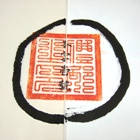

Relations between Asian countries linked by the sea:
The overall picture as determined from fragmentary documents
East Asian maritime history requires various perspectives in examining relations between areas of Japan, China, Korea and the Ryukyu Islands that are linked by the sea. Research keywords are “production”, “distribution” and “consumption”. With respect to distribution, for instance, the question can be raised of how much miscellaneous expenses it cost to operate kenminsen (envoy ships dispatched to Ming China in the 15th century), including the costs of tributes, personnel and ship repairs. I invariably peruse historical documents as if I were a trade merchant in those days, in order to see what new historical image I can delineate after piecing together these fragmentary clues.
Historical science tends to be regarded as a discipline where a great many matters have already been revealed; in fact, a host of historical facts remain to be excavated. Recently, I was involved in the restoration of a kango (an authorized tally serving as a passport and trade permit in Japan-Ming trade). Even basic issues, such as a kango’s shape and size, have remained unexplained in academic society. However, recent research based on diverse fragmentary data has indicated that the kango seems to have been larger than traditionally thought. Although there are still several hurdles to be overcome before a final determination is made, I’d like to have some fun delving into the mystery.
A reproduction of a Japanese-Ming kango (Sentoku Honji Ichigo Kango Ryoshi – Tally No.1 with the Chinese letter “Hon” from the Sentoku Period (1426-1435) – proposed in July 2013) has been examined slightly beyond the stages of Photos 1 and 2 below. You can download the PDF from here.
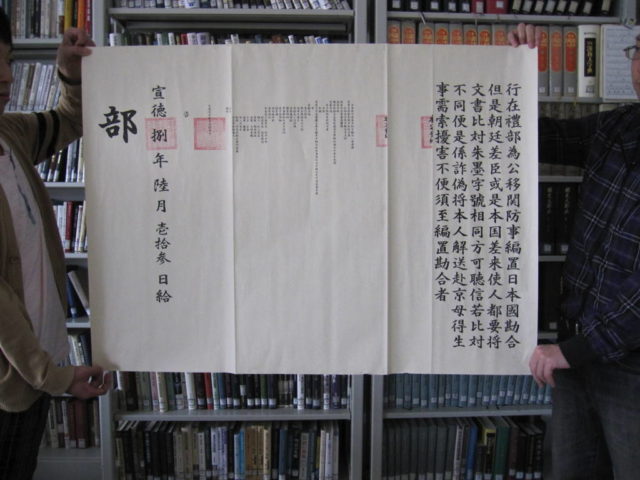
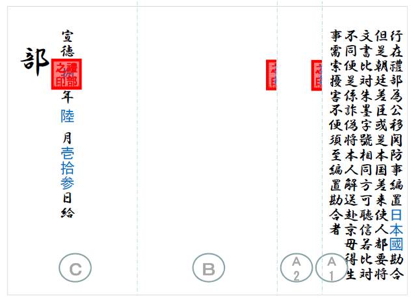
Acquire skills to change your way of thinking
in the face of huge hurdles.
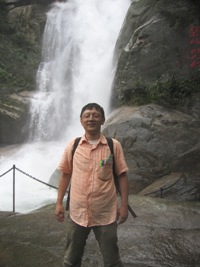
To avoid reaching an impasse in research, it’s essential to acquire the ability to generate questions successively. You cannot always obtain intended historical documents from scratch. Consequently, you may be required to minutely analyze a big challenge you wish to identify or to take a detour to attain your goal. In my classes, I’m willing to help you acquire the skills you need to change your mindset.
I’d rather you steadily produced down-to-earth papers than came up with a landmark new theory. Let’s pull together and be ready for your bright future!
Message
Let’s join together in conducting research on the relationship between Japan and East Asia in the medieval period.
Since my laboratory is small, I am fortunate to be able to address your questions and provide friendly support on a frequent basis. This traditional course covers an array of literature and historical sources, which are instrumental in meeting the needs of those wishing to acquire a wide range of knowledge. Although I am engaged in research on Japan’s history of international relations in the Muromachi period (1392–1573) and the age of provincial wars (1467–1615), as well as the history of East Asian seas during the 14th to 16th centuries, I also welcome those interested in other periods and disciplines.
To begin with, history is merely synonymous with an intellectual adventure through which you rack your brain, discover your own point of argument and pursue the best hypothesis. To this end, you must foster the capacity to identify problems, provide convincing reasoning and develop persuasive logic. Simply collecting complacent materials will surely end in everything falling to pieces after being exposed to re-examination and encountering contradictory evidence. Therefore, you must gather as many relevant historical sources as possible, develop multiple hypotheses and formulate a compelling theory. Sometimes, you will even have to bury your previous theory. Let’s learn about such stances on and attitudes toward research, which is the essence of my policies on education and research.
Since there are fewer amusement facilities in the areas surrounding Hokkaido University than in universities located near Tokyo and other cities, you can immerse yourself in your studies. Moreover, you can rent a reasonably priced apartment and easily get around the city. There has also been less snowfall in Sapporo in recent years, making it a city where you can live in comfort.



